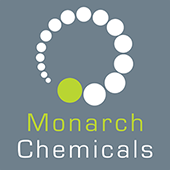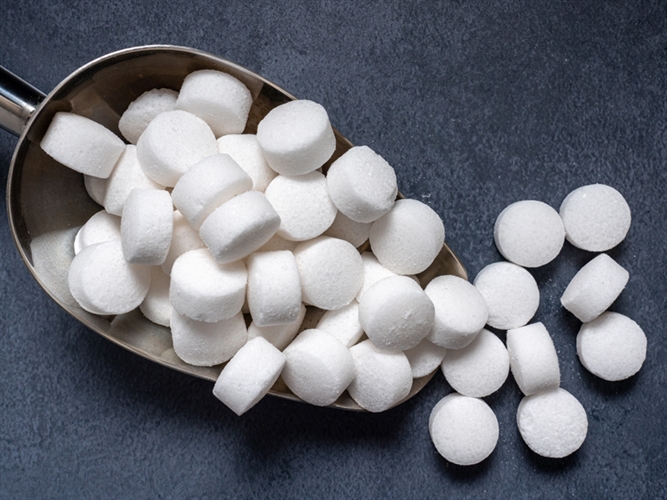Cosmetics are an integral part of our daily routines, from an everyday cleaning regimen to a means in which to enhance our natural beauty or express our personal style. However, have you ever wondered what goes into the products you use on your skin every day? In this article, we dive into the world of cosmetic chemistry and decode the chemistry behind your favourite beauty products.
The Purpose of Cosmetic Ingredients:
Before delving into specific ingredients, it's important to understand the role they play in cosmetics. Ingredients in cosmetics serve a variety of functions, such as enhancing product stability, improving texture, providing colour, moisturising the skin, and preserving the formula. Each ingredient is carefully chosen to ensure safety, efficacy, and an enjoyable user experience. We also live in a time where almost all high street brands are now fully transparent in listing the ingredients in their products and their functions. For example, we absolutely love how LUSH lists everything in their products with dedicated pages for each ingredient so customers can learn more about what they are putting on their skin. See their page for triethanolamine to see an example https://www.lush.com/uk/en/i/triethanolamine or browse their products and click through the ingredients listed.
Ingredient Safety and Regulation:
Cosmetic products in the UK are subject to strict regulations to ensure their safety. The cosmetics industry follows guidelines set by regulatory bodies like the European Union (EU) Cosmetics Regulation and the UK's Cosmetic Regulation (Specifically (EC) No.1223/2209 (UKCR). There are also associations like the Cosmetic, Toiletry and Perfumery Association (CTPA) who represent companies involved in making, supplying, and selling these products to ensure a credible, safe and sustainable marketplace within this highly regulated industry.
These regulations address the safety assessment of ingredients, labelling requirements, and adherence to Good Manufacturing Practices (GMP) to protect consumer health.
Common Cosmetic Ingredients:
Behind the scenes of your favourite cosmetics, a symphony of ingredients work together to create the effects you know and love. Understanding the common cosmetic ingredients that go into our everyday beauty products is not only fascinating but also empowers us to make informed choices about what we apply to our skin.
Emollients and Moisturisers:
Ingredients like glycerine, propylene glycol and hyaluronic acid help to hydrate and soften the skin and hair, providing a smooth and supple appearance without feeling greasy or heavy.
Surfactants:
Surfactants such as sodium lauryl sulfate (SLS), cocamidopropyl betaine, lauryl glucoside and decyl glucoside are responsible for creating foam and lather in shampoos, cleansers, and body washes. They assist in removing dirt and oil from the skin and hair.
Preservatives:
Preservatives like phenoxyethanol and parabens (i.e Methylparaben, Butylparaben, Propylparaben, Ethylparaben) prevent the growth of harmful microorganisms in cosmetic products, ensuring their safety and prolonging their shelf life. There is a lot of information available from various sources which are either for or against the use of parabens but in terms of facts, parabens are the subject to a huge range of comprehensive safety checks and currently the ones authorised for use in cosmetics products cannot exceed 8% of the total formula as per EU regulation. Experts from the CIR (Cosmetic Ingredient Review) and the SCCS (Scientific Committee on Consumer Safety) regularly review all studies and recommend the safe concentrations based on these reports.
For more information on Parabens (shoutout to Lush once more), their website offers a great jargon free overview in their article ‘Everything you ever wanted to know about Parabens ’ and additionally to this you can always use a good fact check website such as fullfact.org to check any claims you read elsewhere.
Colourants:
Ingredients like iron oxides and titanium dioxide provide pigmentation to cosmetics, enabling the creation of a wide range of shades for makeup products. There are also a number of dyes (natural and man-made) which contribute to vibrant colours such as Annatto, Beta-Carotene, Carmine and mica powders (which is also synthetically available under the name ‘Synthetic Fluorphlogopite) which adds shimmer and shine to cosmetic powders.
Fragrances:
Fragrances are exactly what that – an ingredient or combination of ingredients which add pleasant scents to cosmetic products. This can include ingredients such as essential oils but are often a complex combination of multiple ingredients which combine naturally occurring fragrances with aroma compounds, boosters and chemicals to maintain the longevity of scent such as benzyl alcohol, acetone, linalool, and ethanol.
SPF and Sunscreen Agents:
Ingredients like zinc oxide, oxybenzone, octocrylene and octinoxate are used in sunscreens and some lip balms and moisturisers to protect the skin from harmful UV radiation.
Making Informed Choices:
First and foremost, it is important to remember that, as with most consumer products, the cosmetics industry is heavily regulated and prioritises customer safety. Buying from genuine, well established, and reputable brands is key in ensuring the ingredients used are tested, approved for use and within the accepted levels.
Along with this there are also other factors to consider such as your skin type, specific requirements, and personal preferences. Look for products that align with your values, whether it's cruelty-free, vegan, organic, or environmentally friendly. Overall, brands nowadays are fully transparent so by reading the labels and understanding the ingredient lists you can be reassured about the products you use on your skin.
We also have a dedicated cosmetics and personal care page where you can learn more about the products Monarch Chemicals supplies to this industry.




